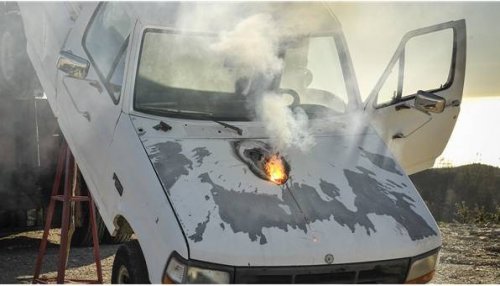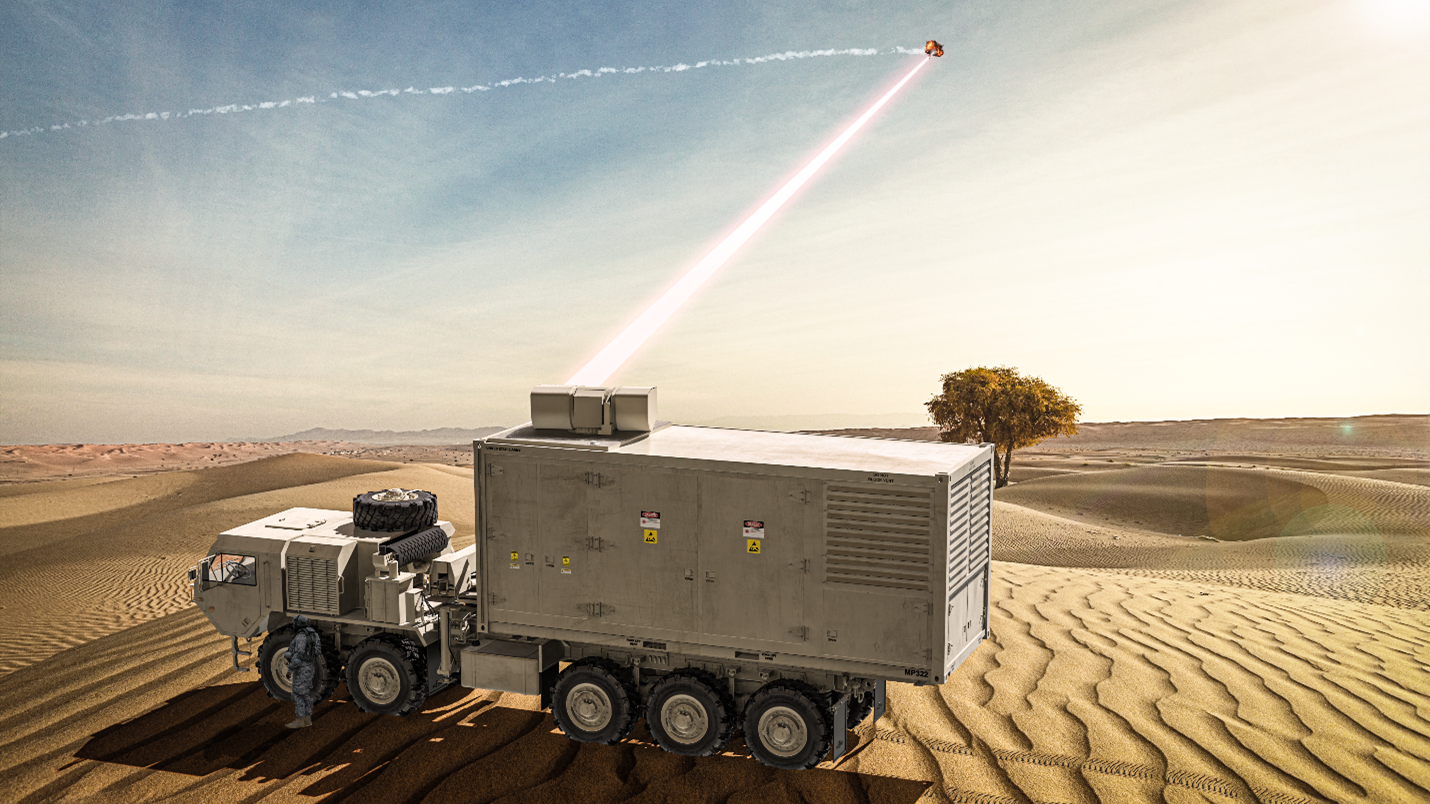seruriermarshal
ACCESS: Top Secret
- Joined
- 4 May 2008
- Messages
- 1,177
- Reaction score
- 533
Lockheed Martin Demonstrates Weapons Grade High Power Fiber Laser
BOTHELL, Wash., Jan. 28, 2014 – Lockheed Martin has demonstrated a 30-kilowatt electric fiber laser, the highest power ever documented while retaining beam quality and electrical efficiency.
The internally funded research and development program culminated in this demonstration, which was achieved by combining many fiber lasers into a single, near-perfect quality beam of light—all while using approximately 50 percent less electricity than alternative solid-state laser technologies. The unique process, called Spectral Beam Combining, sends beams from multiple fiber laser modules, each with a unique wavelength, into a combiner that forms a single, powerful, high quality beam.
“Lockheed Martin has opened the aperture for high power, electrically driven laser systems suitable for military applications,” said Dr. Ray O. Johnson, senior vice president and chief technology officer of Lockheed Martin. “Advancements in available laser components, along with the maturity and quality of our innovative beam-combining technology, support our goal of providing lightweight and rugged laser weapon systems for use on military platforms such as aircraft, helicopters, ships and trucks.”
The successful demonstration marks a significant milestone on the path to deploying a mission-relevant laser weapon system for a wide range of air, land and sea military platforms.
Prior laser weapon demonstrations in the industry showed target acquisition, tracking and destruction. However, these solutions were limited for tactical military use because their laser inefficiencies drove significant size, power and cooling needs not readily supported by key military ground and airborne platforms.
“The high-energy laser serves as the heart of a laser weapon system,” said Dr. Johnson. “This 30-kilowatt milestone shows our commitment to producing the high beam quality and high power needed to address a variety of military ‘speed-of-light’ defensive operations.”
Lockheed Martin has specialized in directed energy laser weapon system development for the past 30 years and purchased Aculight in 2008 to further strengthen its offerings at every level—from expert advice and pioneering research to solid prototyping and flexible manufacturing.
Headquartered in Bethesda, Md., Lockheed Martin is a global security and aerospace company that employs approximately 115,000 people worldwide and is principally engaged in the research, design, development, manufacture, integration and sustainment of advanced technology systems, products and services. The Corporation’s net sales for 2013 were $45.4 billion.
http://www.lockheedmartin.com/us/news/press-releases/2014/january/140128-mst-lockheed-martin-demonstrates-weapons-grade-high-power-fiber-laser.html
BOTHELL, Wash., Jan. 28, 2014 – Lockheed Martin has demonstrated a 30-kilowatt electric fiber laser, the highest power ever documented while retaining beam quality and electrical efficiency.
The internally funded research and development program culminated in this demonstration, which was achieved by combining many fiber lasers into a single, near-perfect quality beam of light—all while using approximately 50 percent less electricity than alternative solid-state laser technologies. The unique process, called Spectral Beam Combining, sends beams from multiple fiber laser modules, each with a unique wavelength, into a combiner that forms a single, powerful, high quality beam.
“Lockheed Martin has opened the aperture for high power, electrically driven laser systems suitable for military applications,” said Dr. Ray O. Johnson, senior vice president and chief technology officer of Lockheed Martin. “Advancements in available laser components, along with the maturity and quality of our innovative beam-combining technology, support our goal of providing lightweight and rugged laser weapon systems for use on military platforms such as aircraft, helicopters, ships and trucks.”
The successful demonstration marks a significant milestone on the path to deploying a mission-relevant laser weapon system for a wide range of air, land and sea military platforms.
Prior laser weapon demonstrations in the industry showed target acquisition, tracking and destruction. However, these solutions were limited for tactical military use because their laser inefficiencies drove significant size, power and cooling needs not readily supported by key military ground and airborne platforms.
“The high-energy laser serves as the heart of a laser weapon system,” said Dr. Johnson. “This 30-kilowatt milestone shows our commitment to producing the high beam quality and high power needed to address a variety of military ‘speed-of-light’ defensive operations.”
Lockheed Martin has specialized in directed energy laser weapon system development for the past 30 years and purchased Aculight in 2008 to further strengthen its offerings at every level—from expert advice and pioneering research to solid prototyping and flexible manufacturing.
Headquartered in Bethesda, Md., Lockheed Martin is a global security and aerospace company that employs approximately 115,000 people worldwide and is principally engaged in the research, design, development, manufacture, integration and sustainment of advanced technology systems, products and services. The Corporation’s net sales for 2013 were $45.4 billion.
http://www.lockheedmartin.com/us/news/press-releases/2014/january/140128-mst-lockheed-martin-demonstrates-weapons-grade-high-power-fiber-laser.html



